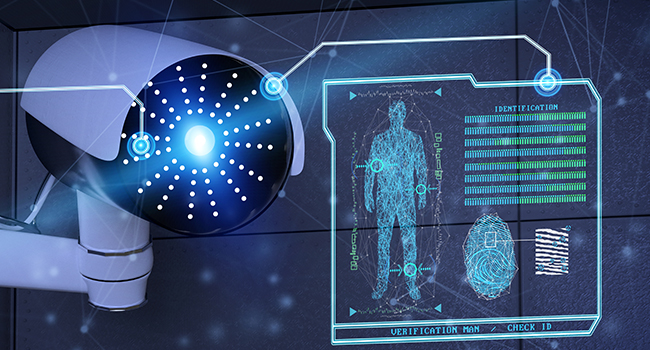
Missouri District Secures School Using Facial Recognition
The West Platte School District recently installed facial recognition cameras on their campuses to improve safety and security for their students and staff.
- By Jessica Davis
- April 10, 2019
The West Platte School District has installed 95 high-quality cameras with facial recognition capabilities in an effort to increase safety for students and staff. According to director of technology Richard Fletcher, video coverage was a priority for campuses in the district.
“I guess it was last year we went to the board, and instead of being reactive to a situation that might come up, we decided to be proactive, and our board was very supportive of that,” Fletcher said.
The board approved a total of $200,000 to pay for the security upgrades, Fletcher said. The installation process took about six months.
The cameras in the previous security system were outdated and covered less territory on campus. The new equipment includes Panasonic i-PRO EXTREME video surveillance cameras, many with FacePRO Facial Recognition software, as well as video management software and enterprise access control.
“In conjunction with the access control, what we were able to do was we got the facial recognition software, and it’s not just an analytical type of camera,” Fletcher said. “I can put my face on the unit and it will say, ‘Oh, OK. Well, that’s Richard Fletcher. He’s entered in these doors at these times of day. And he is in the building or he has left the building.’”
The district can import facial recognition databases into the software, meaning that if someone with a dangerous charge against them were to enter campus, the cameras would trigger an automatic school lockdown. Faculty can also issue a lockdown using phones in their classrooms.
The security system allows faculty and staff access to doors they use in their respective roles, and customizable key fobs can be issued to allow for specific access to certain areas at certain times. The key fobs are particularly useful for staff needing to use school buildings outside of school hours.
Fletcher and local law enforcement have access to a phone app that lets them track cameras and even unlock specific doors in case of an emergency on campus.
“If there was an emergency that came about, we wanted our local police, our sheriff’s department, to have instant access,” Fletcher said. “If they wanted to bring in a SWAT team, they can be on their phones and remotely unlock the doors and let themselves in if they need to if none of us are available.”
Other security equipment upgrades include hardware on classroom doors that let teachers prevent a door from opening by placing a device into the ground. The district is also adding shatter-resistant film to windows.
“It’s definitely a response to the times. Unfortunately, you have to be ready,” Fletcher said. “Hopefully we never have to use this system. But we wanted to make sure that if we did, that capability was there, that integration to 911 was there, and the law enforcement was there.”
About the Author
Jessica Davis is the Associate Content Editor for 1105 Media.